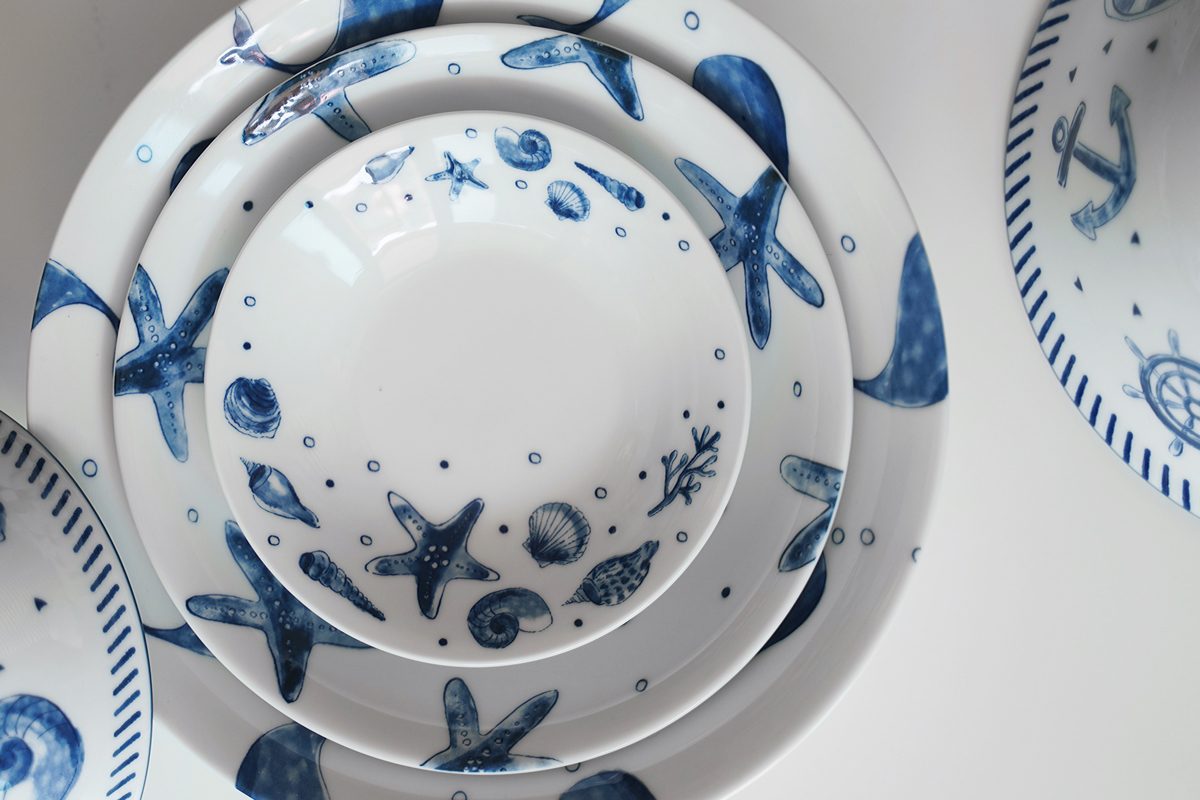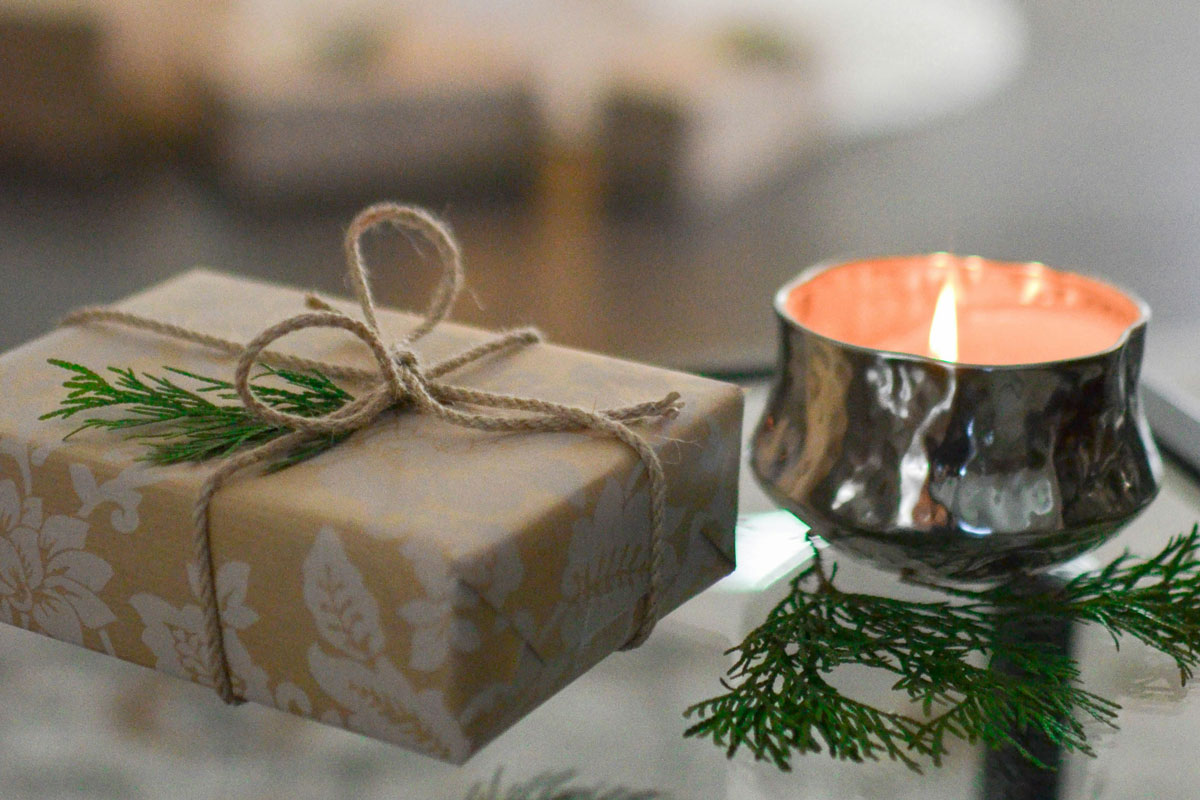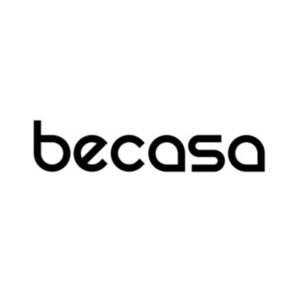Oven-safe ceramic bowls are the powerhouse of an efficient kitchen. They make it easier for chefs to do more and make dishes look better to guests. That’s why in fine dining, food is always served on a hot plate. This keeps the food hotter for longer, so many dishes exude a rich flavor.
However, if the wrong non-oven-safe bowls are placed in the oven, then these bowls will not only ruin the dish, but also the meal that the busy cook has worked so hard to make.
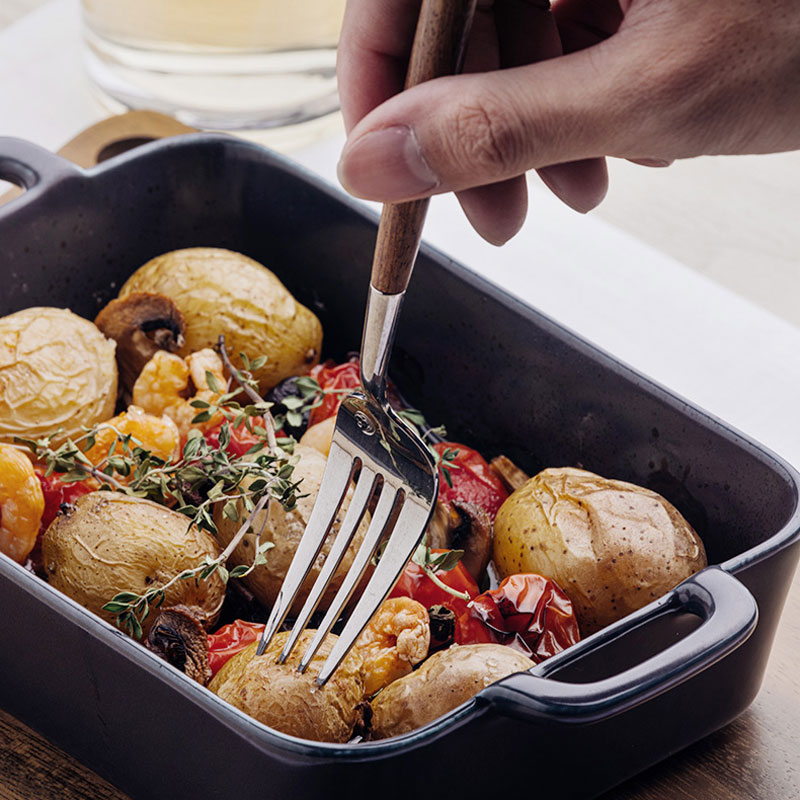
For example, bowls and plates may also break and scatter pieces in the midst of carefully prepared dishes. Or, they may directly crack in half right in the oven and spill food right inside the oven. These accidents can cause far greater messes and problems than simply finishing a home-cooked meal.
But don’t worry. We have a few ways to help you make sure that the kitchen utensils you are using or will be buying can be easily transferred from the refrigerator or countertop to the hot oven.
What materials of kitchen utensils can be put in the oven?
Ceramics
Ceramics can be used in the oven if there is no bonding pattern. In general, please make sure the manufacturer certifies that their ceramic cookware and bakeware are oven safe.
Oven-Proof Glass
This may come as a surprise, but there is a special type of glass designed for oven safety. However, it requires special care because it should not be placed directly in a very hot oven or in cold water immediately after being removed from the oven. This can cause the glass to crack right through.
Cast Iron
Cast iron pans are safe for use at high temperatures not only in the oven but also in the microwave. They can withstand temperatures of up to 230 ℃. Interestingly, some wares can be shaped like animals and come in different sizes, allowing you to be more creative when baking.
Why do some ceramic bowls break in the oven?
According to the manufacturer’s statement, stoneware can withstand temperatures of up to 220 -250 ℃. But this is not the case for ceramic bowls offered in second or third quality. This is also true for many imported items, which usually come from lower-end manufacturers.
Due to the large quantities produced, the green bodies are usually not sufficiently dried. This can lead to small, fine lines of cracking during firing. These cracks are usually undetectable and are no longer visible after glazing. If these ceramic bowls are heated in the oven, the cracks will spread further. Cooling too quickly or even a slight blow can cause visible cracks in the porcelain bowl or stoneware bowl. And it can easily split completely in half.
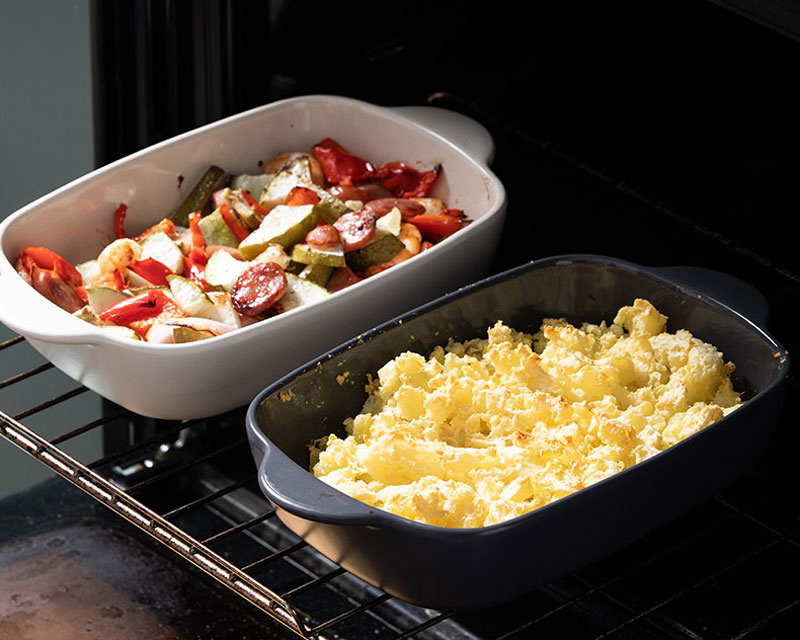
Why are some ceramic bowls and plates not heat resistant?
Many people may think that any type of ceramic bowl and plate can be house-hot in the oven. Actually, this is not true.
Porcelain or stoneware plates are made of porcelain clay or high-quality clay. After drying, the green bodies are fired in a kiln at a temperature of 1180 to 1350 °C. Depending on the quality and type, the process takes several hours or even days. The finished fired panels are then glazed. Glazing produces temperatures of up to 1200 °C when firing the glaze. So temperatures of 200 to 250 °C in the oven usually do not damage good serving bowls and plates. Therefore, the best choice is still porcelain bowls or stoneware plates.
On the other hand, glazes or flower paper patterns on ceramic bowls are not always oven safe. So try to choose a ceramic bowl or plate with a white interior and no patterned paper.
What to look for while buying baking bowls?
When buying baking bowls or ovenware, please look for the “oven safe” logo.
If the package does not clearly state that the bowl is oven safe, look for a sign on the bottom of the bowl. It will usually say “oven safe” or have an icon of the oven. If the icon is a wavy line with a temperature below 300 degrees Fahrenheit, then the bowl can be used in a low-temperature oven. If it is the icon of the oven, then it means that the dish can be put into the oven.
Such an oven-proof bowl will allow you to place the cake in a preheated oven without breaking.
What to look for when using an oven-safe bowl?
A good brand or a high-temperature-fired porcelain bowl is a worthwhile investment. Quality craftsmanship can better handle the cold air and conditions in the refrigerator or the high temperatures of convection in the oven. However, even with a quality porcelain bowl, we do not recommend taking the bowl from one extreme temperature to another. For example, taking the bowl out of the refrigerator and immediately placing it in the oven.
Do oven-safe bowls need to come with handles?
Sure, it’s a better option. Handles make the bowl easier to grasp and easier to remove from the oven. And, the bowl with handles can create a better decoration on the table.
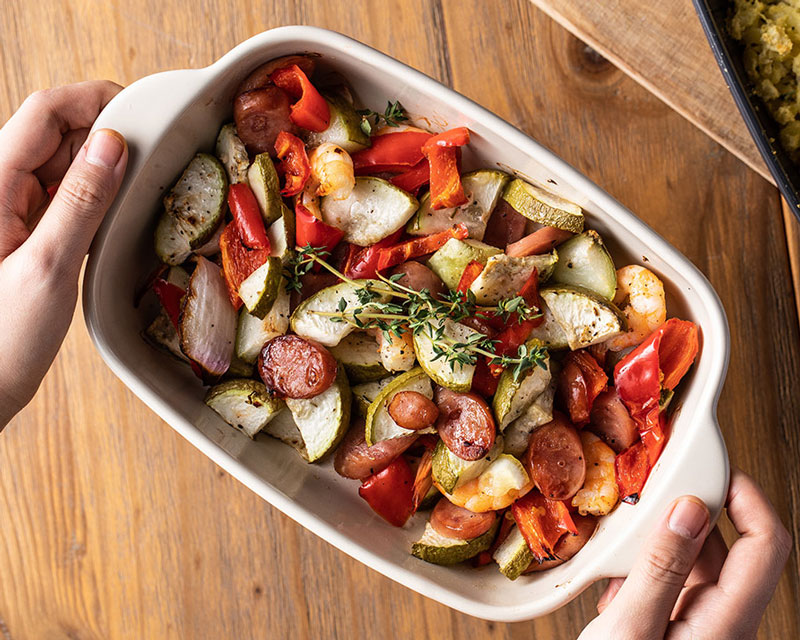
Where can I buy oven-safe ceramic bowls and plates?
Long-established brands like REVOL, STAUB, and others are always trusted for their enduring quality and durability. If you’re looking for more personalized and youthful designs, then younger brands like Becasa Houseware are a worthy alternative. Here, we have compiled a selection of popular styles on the market for your choice.
Villeroy & Boch Clever Cooking Rectangle Baking Dish
Staub Ceramic – Mixed Baking Dish Sets
Becasa Avery Baking Plate
Revol Belle Cuisine round Dish
How do I care for my oven-safe bowls and plates?
Heat the stoneware or porcelain slowly and let it cool slowly again. This is the only way to avoid damage to the material that would otherwise cause the glaze to break or stress crack. Also, keep the following points in mind during daily use.
- Avoid extreme temperature changes
- Never put ceramic ware from the refrigerator or even the freezer directly into a hot oven
- Never rinse heated ceramic ware in cold water
- Always allow dishes to dry properly after washing
- Do not heat ceramic ware on the stovetop



